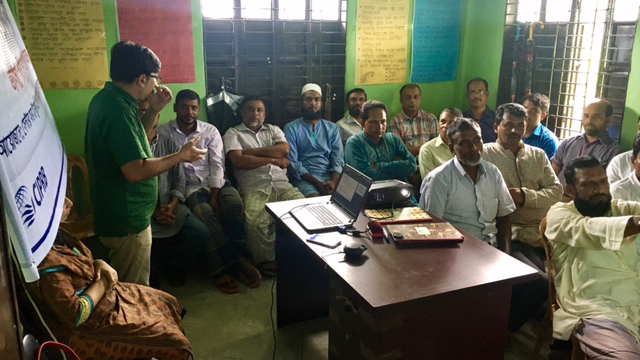Determine strategy
Approach

Advantages
Once project goals have been agreed upon, a strategy is needed to describe how these goals will be achieved. As part of strategy development, it is important to understand what project inputs are available: what abilities and skills project team members have, what stakeholder support exists and what resources and time are available. This will ensure that the strategy capitalises on all available resources, but remains within project means. The strategy should take into account the local social, cultural, political and economic context in which you are working. A project is more likely to succeed if it corresponds to the local environment and aligns with current context-specific trends. Determine if any previous work has been done locally in relation to your topic and investigate whether it was considered successful. The strategy should align with stakeholder needs, which can be identified through a Stakeholder Analysis.
Disadvantages
The local context may change over the duration of the project. It is therefore important to monitor the local environment over time, and adjust the project strategy correspondingly. All changes made to a project strategy should be documented over time for future reference. Again, input into strategy development from multiple stakeholders may lead to disagreement due to differing priorities and agendas. It may take some time to reach agreement on an appropriate strategy for the project.
Step 4
Define a framework

